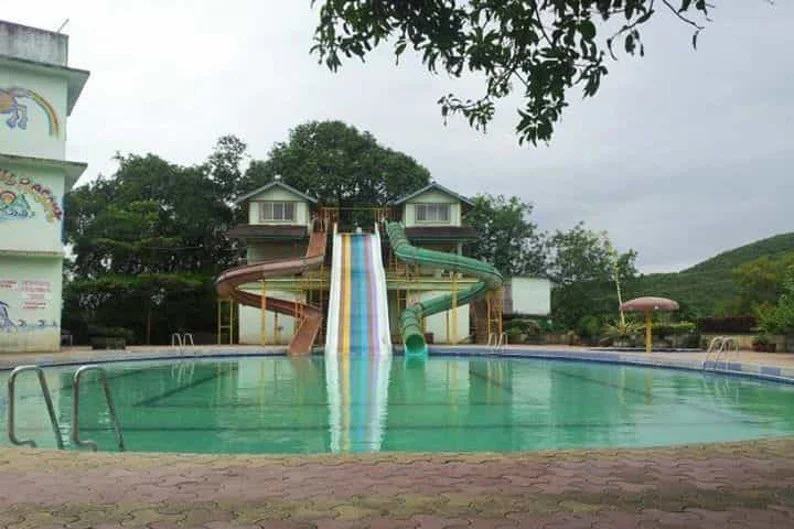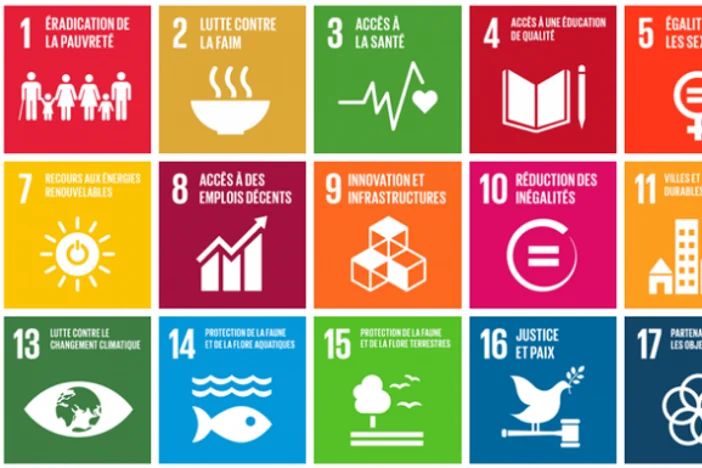Water efficiency, productivity and sustainability in Tunisia
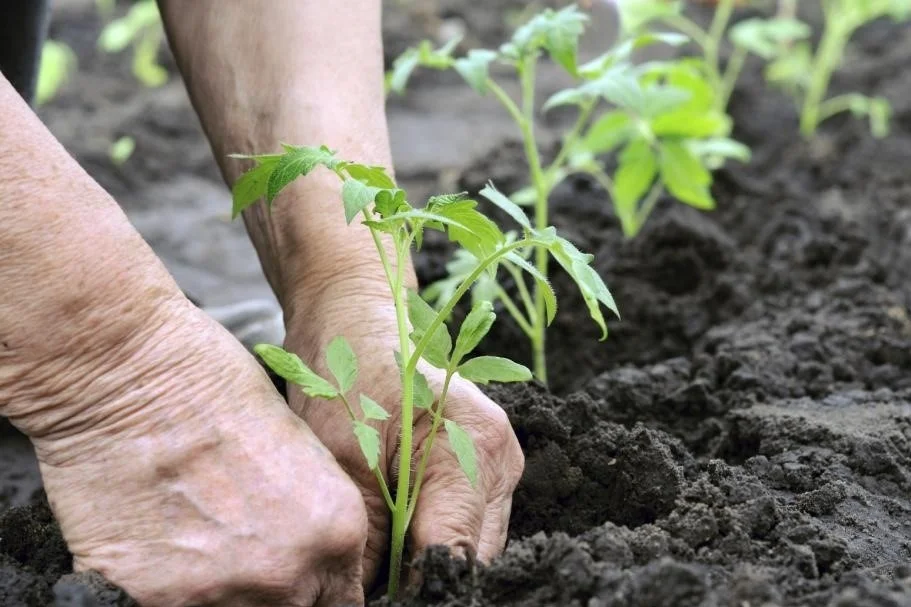
In Tunisia, the RNE-WEPS project is implemented in collaboration with the Ministry of Agriculture, Water Hydraulics and Fisheries and is guided by the multidisciplinary team of the water scarcity initiative that gather key stakeholders interested in water issues (see country team and partners).
Background:
Tunisia is located in North Africa bordering Algeria in the west, Libya in the southeast and the Mediterranean Sea in the east and north. The total area of the country is 16.361 million hectares.
A Mediterranean climate prevails in Tunisia, with great variability going from humid in the extreme north to extremely arid in the southern part. The long-term average annual rainfall is estimated at 207 mm/year, with inter-annual variation ranging from 70 to 620 mm. Rainfall is also quite variable geographically, with about 600 mm in the north, 300 mm in the center, 150 mm in the south and less than 100 mm in the extreme southwest. Annual evapotranspiration varies from 1200 mm in the north to more than 1800 mm in the south.
Tunisia has limited water resources; the total internal renewable water supply is estimated at 4195 million m³ per year with 3420 million m³ surface water and 1595 million m³ groundwater per year. The total renewable water resources are 4615 million m³ per year, resulting in a per capita amount of 400 m³ per year, which is below the absolute water scarcity threshold.
Most of the exploitable renewable surface water is mobilized in 37 dams, 258 small hilly dams and 913 hilly lakes with a total storage capacity of 2708 million m³. About 77.4 % of the total water withdrawals are used by agriculture for irrigation.
The cultivated areas cover about 4.2 million ha, representing 26 percent of the total area of the country and 47% of the agricultural and pasture lands. Tunisia has one of the highest cultivated areas per capita in Africa (0.45 ha).
Rainfed agricultural production is predominant in Tunisia, but is constrained by the aridity of the climate, the irregularity of rainfall and the degradation of soils.
Fruit trees, cereals and fodder cover about 95 % of the total cultivated areas. Five-year average shares were 56%, 29% and 10% respectively for fruit trees, cereals and fodder. Olive is the main sector covering about 80% of fruit trees area, followed by almond (8%) and palm trees (2%).
Durum wheat, barley and bread wheat are the main cereals grown in Tunisia, covering respectively 46%, 44% and 9% of the cereal areas. Average yields during the period 2014-2018 are about 17 t/ha for wheat and 8.5 t/ha for barley. Tunisia is a net importer of cereals; the local wheat production covers on average about 30% of the domestic supply but imported quantities of grain can increase significantly during dry years.
Several actions were taken during the last decades to improve yields and reduce fluctuations in production. During the second half of last century, large-scale irrigation works, including the construction of dams and conveyance structures, resulted in the expansion of irrigated lands. The total surface equipped for irrigation was over 435 thousand ha, which represent 8% of cultivated lands. Localized irrigation systems are used on 49% of the irrigated lands and sprinkler systems on 28%.
The main irrigated crops are fruit trees, vegetables and cereals with respective shares of 58%, 28%, and 12%. Olives and date palms are the main irrigated fruit trees covering respectively 41% and 18% of irrigated fruit trees.
the contribution of the irrigated sector to agricultural production was about 35% and its contribution to the total exported agricultural products in terms of economic value was up to 25%.
On average, Tunisia has a deficit in the external food trade balance of about 22% in terms of economic value. Wheat is the main imported product (26% of the imports) while olive oil and dates are the main exported agricultural products with 38% and 16% of agricultural exports respectively.
Although substantial progress has been made during recent years, yield levels and water productivity in rainfed and irrigated sectors remain generally low. Average yields are about 1.7 t/ha for rainfed wheat and 3.4 t/ha for irrigated wheat.
Olive trees, cereals and date palms are the most important sectors in terms of food production and water use. They are also the key sectors in national economic activity in the international trade balance and foreign currency fluxuation. The project will focus on these strategic sectors with the objective of improving water productivity as well as economic productivity in a sustainable way.
 Algeria
Algeria Bahrain
Bahrain Comoros
Comoros Djibouti
Djibouti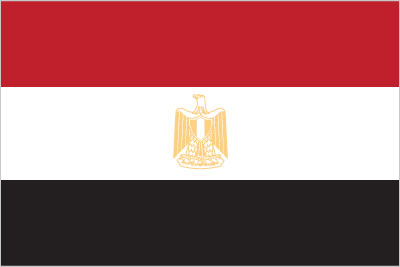 Egypt
Egypt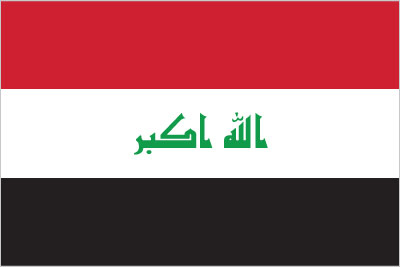 Iraq
Iraq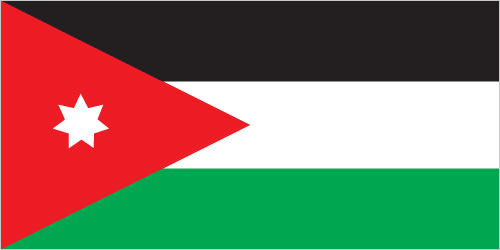 Jordan
Jordan Kuwait
Kuwait Lebanon
Lebanon Libya
Libya Mauritania
Mauritania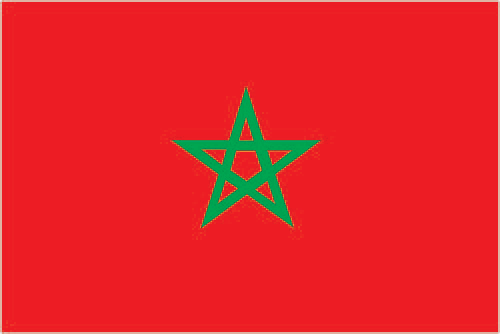 Morocco
Morocco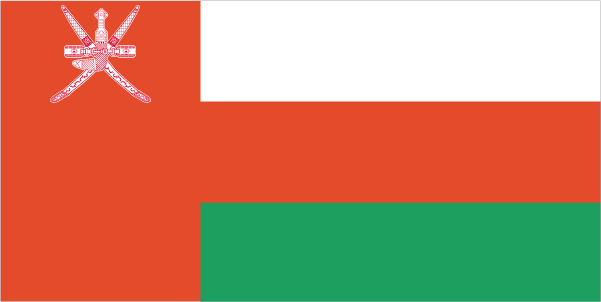 Oman
Oman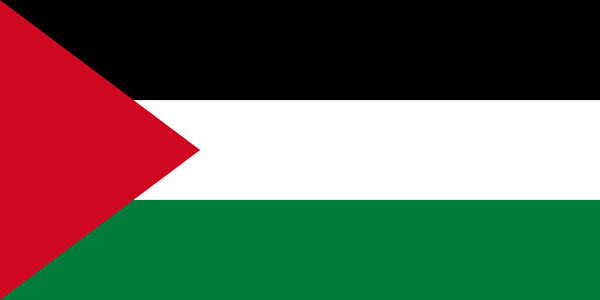 Palestine
Palestine Qatar
Qatar Saudi Arabia
Saudi Arabia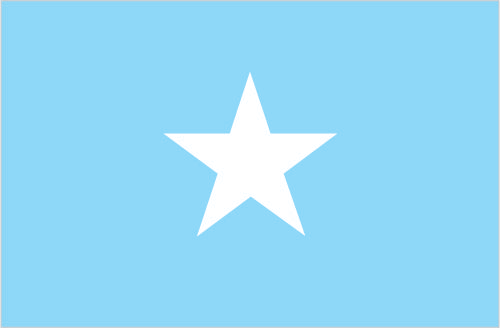 Somalia
Somalia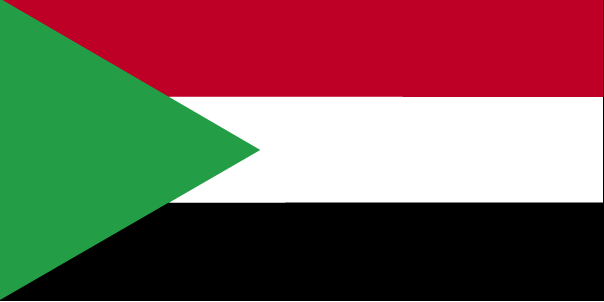 Sudan
Sudan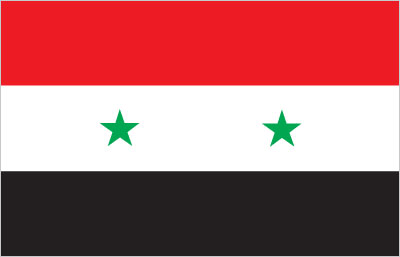 Syria
Syria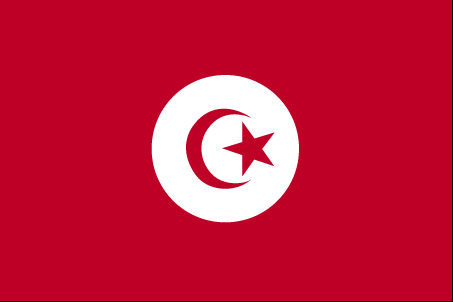 Tunisia
Tunisia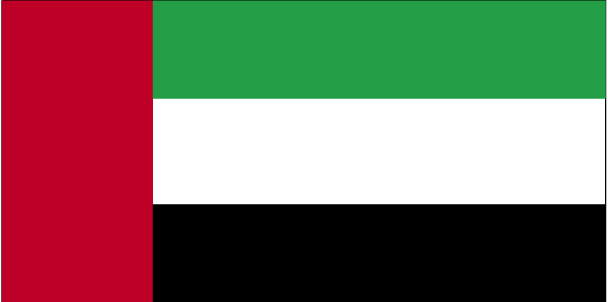 UAE
UAE Yemen
Yemen